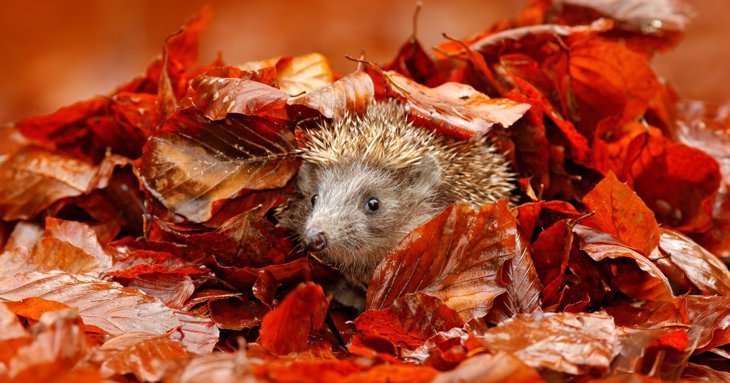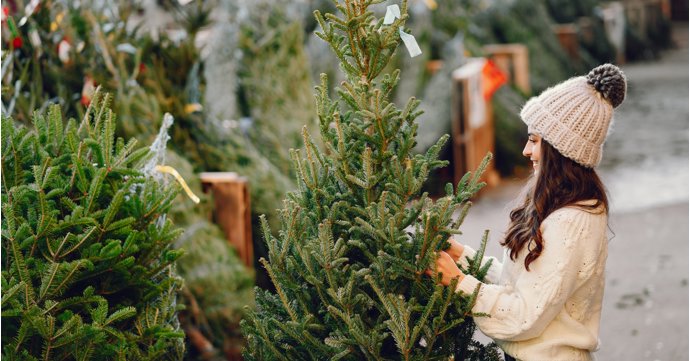As green leaves start to turn red and orange and a crisp autumn breeze begins to creep in, it's a great time to look at some of the best ways to prepare and keep your outdoor space looking healthy and vibrant throughout the cooler months — and to make the most of all your garden has to offer this season.
SoGlos rounds up eight of the best things to do with your Gloucestershire garden this autumn...
Prep your lawn for winter
As autumn approaches, it’s best to raise the blades on your lawnmower when tending to the lawn, to keep grass at a longer length. This will help your grass to thicken, protecting the roots from winter frost and snow.
If the garden needs some extra love after the hot summer weather, focus on giving your outdoor area some water retention. This can be done by adding organic matter to the garden to help the structure of the soil for the following year. In shrubbery borders, a layer of bark chip can help reduce weeds, retain water and warmth for the winter, and add nutrients from the bark when it starts to rot down.
Get composting
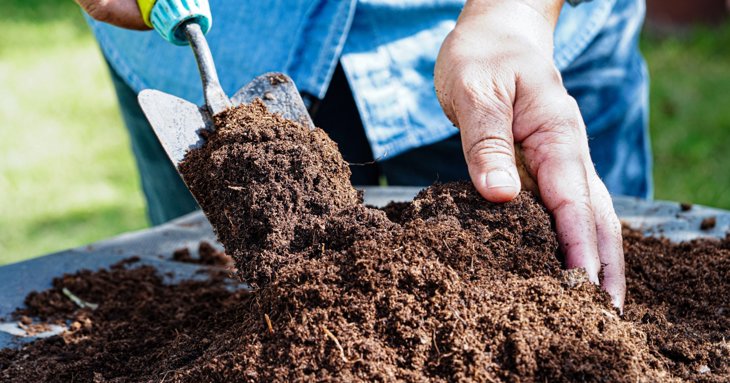
With leaves falling throughout the season, grab your rake and start a compost heap. Not only an easy way to reduce waste to landfill, composting is great for your garden too. Leaf compost is full of nutrients that make it perfect for using as weed-repelling and moisture-maintaining mulch.
Make sure you dispose of diseased plant material by burning it or putting it in with your household waste — don’t compost it as the spores may remain in it and infect plants.
Plant spring flowers
It may seem obvious, but plant spring-flowering bulbs such as daffodils, crocus and hyacinths now and hyacinth and amaryllis bulbs for forcing, to ensure a crowd of colourful blooms at Christmas!
Early autumn is also a good time to plant new perennials as the soil is still warm but there is generally more rainfall. With wetter weather arriving this month, it’s the ideal time to order trees and shrubs. They will grow vigorously next spring if planted this autumn.
Get pruning
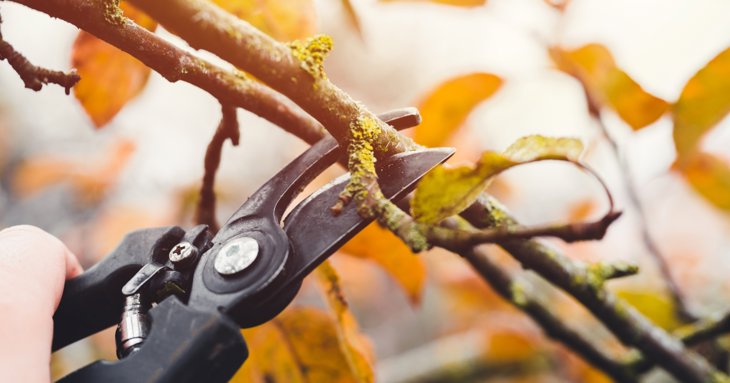
Autumn is a good time to prune trees and shrubs to take out any dead, diseased and damaged wood. This allows for enough time for the plant to heal over before the worst of the winter weather gets into wounds.
Cut back perennial plants that have died down or alternatively leave the dead foliage in place for over-wintering wildlife. Lift and divide any overcrowded herbaceous perennials while the soil is still warm.
Wrap your plants
At the first warning of frost, typically between September and November, wrap your trees up ready for winter with tree guards, which are great for protecting against rodent damage, and make sure to cover your plants and vegetables to keep away damaging frost.
The best materials for this include fleece, hessian, bracken, straw and polystyrene. These work well to insulate plants from cold or wind.
Prep your greenhouse
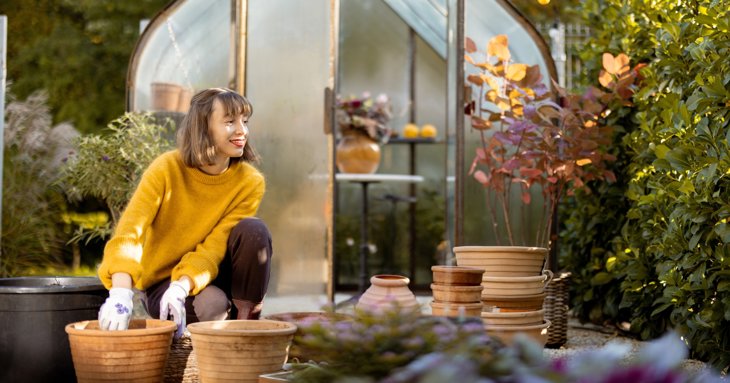
Move tender plants into the greenhouse to protect them from early frosts but make sure that there is enough space between them to keep them well ventilated and reduce the risk of disease.
It may also be a good idea to install solar lights in the greenhouse so that you can still get out there on dark evenings to check your plants. Insulate with sheets of bubble wrap attached to the inside of the frame, to reduce heat loss, and don’t forget to ventilate the greenhouse, particularly after watering and when paraffin heaters are used at night.
Attract feathered friends
Invest in bird baths and bird feeders this autumn — make sure to remove the ice during frosty weather so birds can continue to have access to water.
Not only is it a wonderful way to connect with nature, but birds are gardeners' friends and will keep the number of pests, such as caterpillars and aphids, down.
Get foraging
Depending on what you have been growing in the garden, the end of summer and beginning of autumn is a great time to do some foraging.
For example, in early autumn, once the petals have fallen off the dog rose, one of the quintessential hedgerow staples, a bright red berry, appears — this is the rose hip. This can be used for rose hip syrup, tea, vinegar, oil and much more.


